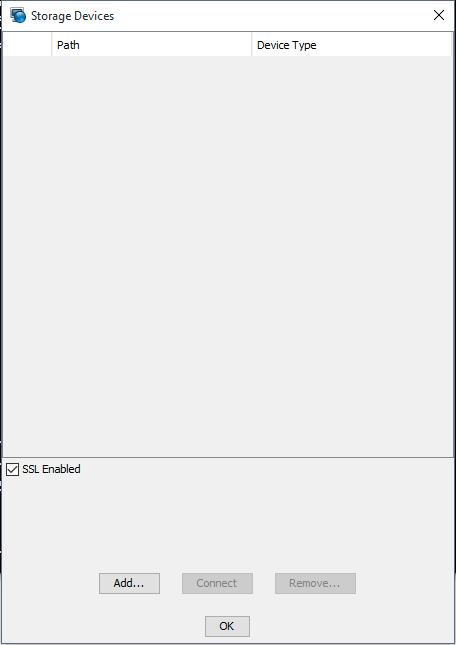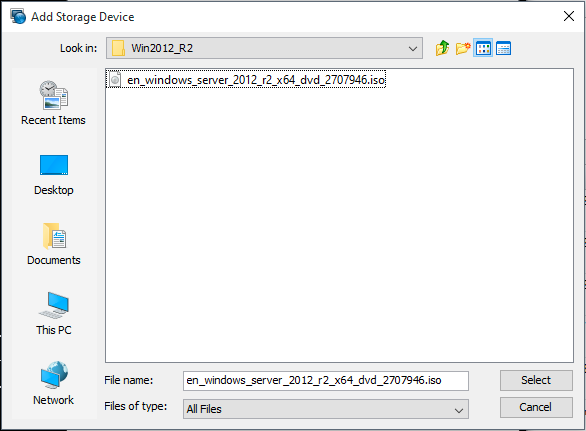Set Up the Boot Media for a Remote Installation
To install the OS from media sourced from a remote location using the Oracle ILOM Remote System Console Plus application, perform these steps.
-
Mount or present the OS boot media so that it is accessible, for
example:
-
For DVD-ROM, insert the media into the built-in or external DVD-ROM drive on a remote system.
-
For DVD-ROM ISO image, ensure that the ISO image(s) are readily available on a network shared location or are mounted on the server service processor (SP).
For instructions on mounting an installation image onto the server SP, refer to the Oracle ILOM Administrator's Guide for Configuration and Maintenance at http://www.oracle.com/goto/ilom/docs. Alternatively, refer to the More Details link in the Oracle ILOM Remote Control → Remote Device web interface page.
-
-
Establish a web-based client connection to the server Oracle ILOM SP and
launch the Oracle ILOM Remote System Console Plus application on the remote
system.
For more details, see Set Up the Remote Console.
-
In the remote console, do the following:
- Click KVMS to display the KVMS drop-down menu.
-
Click Storage.
The Storage Devices dialog appears.

-
In the Storage Devices dialog, click
Add.
The Add Storage Device dialog appears.

-
Browse to the ISO image, select it, and then click
Select.
The Storage Devices screen appears and lists the ISO image.
-
Select the ISO image and click Connect.
The ISO image is mounted to the remote console and can be used to perform the OS installation.
For details for performing a Windows Server installation using a PXE network boot, see Install Windows Server 2012 R2 Using PXE Network Boot.